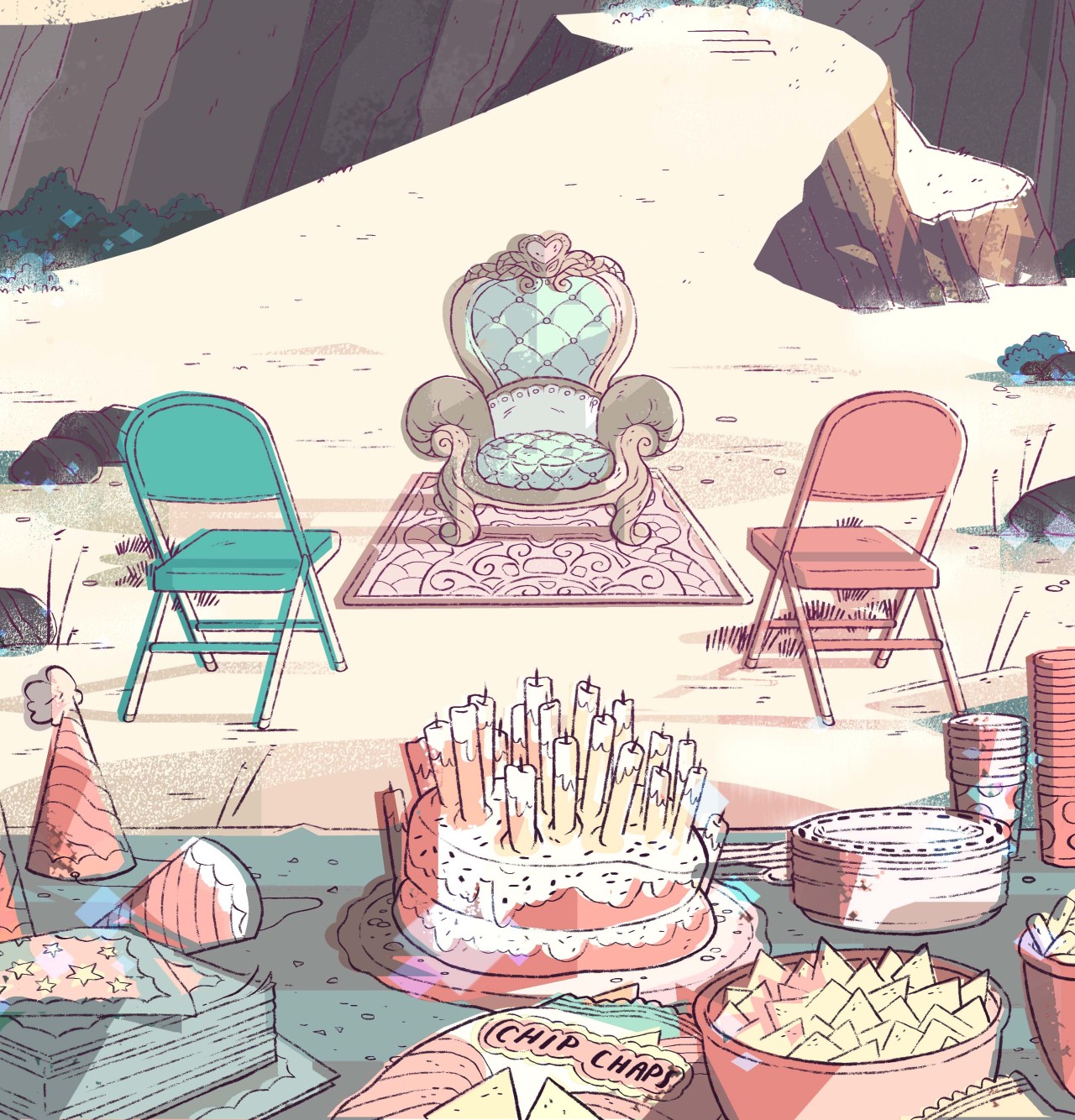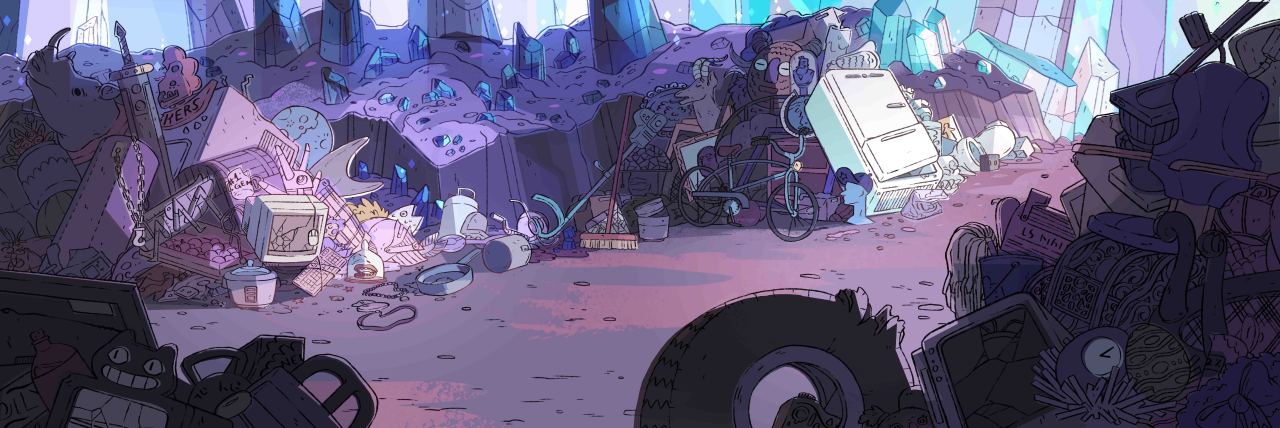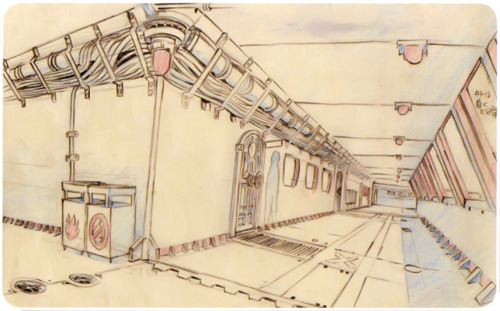Showing posts with label OUAN 404. Show all posts
Showing posts with label OUAN 404. Show all posts
Wednesday, 19 March 2014
Visual Language - My Sketchbook - 10
Lastly, my attempt at a Manga-esque art style. It looks okay, but boy is that neck misplaced. This is basically how my art style tends to work, I try out a way to stylise the usual Manga (moe) art style, and see if it works. This time I tried taking the generic "senpai" look and making it appear a touch westernised. Didn't work quite as well as I hoped but live and learn. Those four lines at the top were me testing out my new fine-liners and comparing the size of each line from each stroke.
Visual Language - My Sketchbook - 9
My attempt at on-the-spot fore-shortening. Again, I saw a technique online, called spiralling where you draw the arms as spirals, then draw the outline to create the pose, and thought I'd try it out. It could have been better, much better, and I have since gotten used to a different technique I call circling, where I draw circles where the joints are, then work over them. So spiralling, a good technique for some but I clearly can't pull it off as well. I also kind of like how the drawing on the page behind kind of resembles a hallway, and is quite fitting too, I actually didn't intend on that at all.
Visual Language - My Sketchbook - 8
This was supposed to be a rough outline for a character design, but I ended up turning it into a robot character. I was trying out a technique for anatomy called "lightning bolting", where you draw arms and legs as lightning bolts, then draw the outlines for the limbs and other body parts. As I was doing that I realised the figure kind of resembled a robot so I just drew that. Hardly a good attempt, as I now realise the limbs have three joints instead of just one, but an interesting direction that my automatic thinking has taken me.
Visual Language - My Sketchbook - 7
This was just a character I quickly drew. Funny story, it was supposed to look like Miyazaki, but having drawn it without a reference image, it came out looking completely different. Still a nice looking character though. I guess attempting to draw a celebrity without reference, it turns out, is a decent technique with character design. I don't know why I drew it so far to the edge of the canvas, by the way. It's actually kind of irritating me.
Visual Language - My Sketchbook - 6
This was an image I drew to test both my observational drawing skills, my skills at drawing with a loose style, and some equipment I had bought that day. I liked it at the time, but it looks unfinished. This is one of my bad drawings but I'm showing it because I think it's quite interesting that it's even remotely possible to mess up a drawing of something as simple as a cup. I should practice this a bit more though.
Visual Language - My Sketchbook - 5
This is based on something a lot of people go through when drawing. On a personal note, it is very discomforting when people start watching me draw. I drew this in a cafe at an outdoor spot because it felt appropriate. Both of which is human behaviour that you can't exactly change, because people generally feel curious around artists as they're working, particularly people that can't draw themselves, and the artists don't like being watched or feel like very personal stuff is being viewed by others. That's how I feel anyway.
Visual Language - My Sketchbook - 4
This is based on a fact on human psychology I heard, that lonely singles take notice of happy couples more than any other, and sad couples take notice of happy singles as well. So I envisioned one person viewing a happy couple, and that same couple viewing that same guy in opposite outcomes. It's sort of darkly humourous in a way, the idea that all these people are actually depressed but still see each other differently, so in the end, both that guy and the couple are depressed but think the opposite of each other.
Visual Language - My Sketchbook - 3
This is based on an idea for a film I had when I witnessed a cat getting run over near my house. It's about a black cat that got hit by a car one night and survived but was left with a broken leg, so he wants to sue God for being created in his image, because if he wasn't black then he would been noticed by the driver and therefore would have been fine. It's weird, yeah, but I liked it so much because of that, plus the idea that if we are created in God's image and if God is real, then technically we could sue him for not making us adaptable in some way. I've always wanted to eventually develop on this more.
Visual Language - My Sketchbook - 2
Another one from a while back. It's a drawing of myself, based on one of my profile pictures on Facebook. I just wanted to see if I could capture a subject in low-key lighting, and I figured by doing this I could differentiate the heavy shadows with my really dark hair.
Visual Language - My Sketchbook - 1
A sketch book can be a great place for artists to express themselves and make notes about their experiences. It is a good way to develop their fascination with drawing to a whole new level. Sketchbooks are considered the birthplace of ideas, because what started out as a small sketch could develop into something huge, even if it's an idea that was thought up on a whim, or something doodled on a sheet of paper. I have numerous examples from my own sketch book that I want to go through bit-by-bit.
This is actually something I drew a long time ago, on a different sketch book. It was just something I drew because I thought about the amount of trouble office workers, students, artists, etc go through and how it is very often taken for granted. I used a weird German Expressionist style and dutch tilt to represent the despair and stress this worker is being put through. This is just so surprisingly relevant today that I felt like showing it on this blog.
Life Drawing in Animation: Movement
Finding a model to do multiple poses that establish a directional movement, then that's almost the same as using footage of that as reference. In fact, that can even benefit you if you are animating a character in a particular art style, by drawing the shapes of whichever art style the character is drawn in. You normally have to observe a real person acting out the scene you're making to gain enough reference to pull it off. It might not even be a basic walk-cycle, but more complex actions that may involve interacting with other objects/people. This would require knowledge concerning real-life people performing said actions. Having enough life-drawing experience will enable you to draw the basic shapes of the required movements when looking at reference and getting the shapes down in your character's actions.
Life Drawing in Animation: Emotion
This is another aspect that's important when animating a character, their poses. A common occurrence in animation, normally when you're drawing extremes, is that your character will have to do many poses, whether it be a squash/stretch pose, an anticipation pose, one that establishes mood through body language, or even more subtle facial/bodily gestures. To pull off a dynamic pose, you would have to know the common principles of anatomy to pull it off.
For example, if you were to draw a happy character pointing triumphantly at the air; it may sound easy because you can already visualise it, but you would have to stop and consider the how it could be pulled off, and that's when you think back to life-drawing. Think about the drawing as a 3-D object, not to mention the angle you're viewing the pose from, and the shape. If it's being viewed, say, from a high angle, and the focus is on the character's left side, then you should think about how to establish that, and fore-shortening would be a solution. The right side of the body would face away from the camera, and right leg would be pointing in that direction, so in order to get a sense of depth, the left side of the body would be drawn bigger than the right side, and the left leg would point towards the camera. Next, the arm pointing up should match general shape of the arm pointing down, and would probably be drawn slightly longer for the sake of exaggeration. If you consider how a real life person would do it, then you should be fine.
For example, if you were to draw a happy character pointing triumphantly at the air; it may sound easy because you can already visualise it, but you would have to stop and consider the how it could be pulled off, and that's when you think back to life-drawing. Think about the drawing as a 3-D object, not to mention the angle you're viewing the pose from, and the shape. If it's being viewed, say, from a high angle, and the focus is on the character's left side, then you should think about how to establish that, and fore-shortening would be a solution. The right side of the body would face away from the camera, and right leg would be pointing in that direction, so in order to get a sense of depth, the left side of the body would be drawn bigger than the right side, and the left leg would point towards the camera. Next, the arm pointing up should match general shape of the arm pointing down, and would probably be drawn slightly longer for the sake of exaggeration. If you consider how a real life person would do it, then you should be fine.
Life Drawing in Animation - Character Design
Life drawing plays a huge part in character design, because without practicing anatomy you won't have a proper grasp on human anatomy, and therefore will not be able to create an anatomically correct character. You would also need it to develop your own art style, so that you can stylise/simplify the character. Mike Matessi's book Force: Character Design from Life Drawing basically says this. If you can establish force with a character then that will help define it. Do the shapes you draw allow the character to move in the way you would allow it too? Does the character look enough like a human to add appeal? Is their age defined well enough, or their gender, or even their personality? These are all principles to consider when incorporating life-drawing to character design.
Tuesday, 18 March 2014
Life Drawing
I recently did some life drawings, each group with their own theme and/or guidelines, which I've always somehow neglected over the years, because I never really saw the importance of it until recently. First, I had to draw at least 12-18 poses, per person, that establish movement through a space, and I had to spend 10 seconds per pose. This felt like it was my pace because I'm sort of used to that nice, loose style and method of drawing, and this was literally just drawing lines and shapes that establish the flow, direction, pace, and body language of the moving individual. I then had to draw the same thing, only instead I was drawing shapes to establish squashing and stretching in an open space, and having drawn squashes and stretches since starting animation, this was fairly simple, and also good practice. Next, I had to draw four poses, for five minutes each, that established the figure pushing and pulling on an object. I feel like I need to work on the pushing drawings a bit more, and some of my pulling drawings were fine apart from a slight screw-up on the anatomy. Lastly, I had to draw four more drawings, this time focusing more on the shape, anatomy, and weight of a model. I'd have to spend 20-30 minutes on each drawing, not having to focus too much on detail but still getting the overall figure correct. I did fairly well at that, having used different types of media for each drawing, it let me think creatively to establish the figure's colour, and depending on the body language of the model, I would use media to establish mood.
Responding to Sound - Spongebob Squarepants "My leg"
There is a running gag in Spongebob Squarepants which involves a faint sound of a male voice shouting "my leg" whenever an extra or a large group of extras is somehow harmed off-screen. The guy is actually voiced by Mr Lawrence, the voice actor for Plankton, who stands out as a rather deep-voiced guy. Spongebob predominantly tends to use Hanna-Barbera sound effects, with some original sounds as well, but the one that stands out to fans of the show is Mr Lawrence yelling "my leg". I think the reason that one stands out so much is because the voice is very distinctive beyond the other groaning extras, or often it's the one sound effect used, sort of like the famous Wilhelm scream, but it's mainly that it just sounds funny because of the way Mr Lawrence delivers the line.
Responding to Sound - The Ricky Gervais Show
Sunday, 16 March 2014
Responding to Sound - Tom & Jerry
The Tom & Jerry shorts are all perfect with their use of sound. They are timed perfectly and normally work well with the animation and the situation they are used in. Plus, in true Hanna-Barbera fashion, the sound effects used are all unrealistic and over-the-top but work well with the lighthearted, surreal, and comical tone of the show. The show's use of sound effects has basically set a standard for conventional cartoons, like the use of certain sounds when a character jumps or even changing expressions just fits the tone and keeps the audience in the same wave-length as the series. It has probably the best use of a human scream sound effect; by giving Tom a human-like scream, it adds to the humour because Tom never speaks so the idea that he has a human scream adds an extra kick to the slapstick humour.
Friday, 14 March 2014
Environmental Story - The Legend of Zelda: The Wind Waker
The Legend of Zelda: the Wind Waker, is a visually stunning video game with a very unique art style, especially for a game in the Legend of Zelda series. The environments you explore have simplistic textures but are very well-stylised and draw the player into the world, because of how well the art style establishes the mood of this world and the story being told. The art style is so creative that certain areas can fit the style but still establish a generally bleak and, in the case of the old Hyrule Castle underwater setting, even quite eerie atmosphere. As this is a video game, there is mise-en-scene that the player can find by exploring the environments that further tell the story.
Environmental Story - Steven Universe
The environments in Steven Universe are unique in the sense that it doesn't always fit the show's art style, but still works at setting the tone. The colours are all bright and vibrant, and the textures, while mostly smooth, have the sense of feeling like the texture i.e. when characters walk on stone or grass, you can really that they are. The setting and environments are all visually stunning, and even when the show gets dark at times, the environments are still beautiful, which rather than that sense of contrast be distracting, it instead shows that even the world is beautiful, it doesn't mean it never gets bleak at times.
Environmental Story - Kill La Kill
Subscribe to:
Posts (Atom)





















